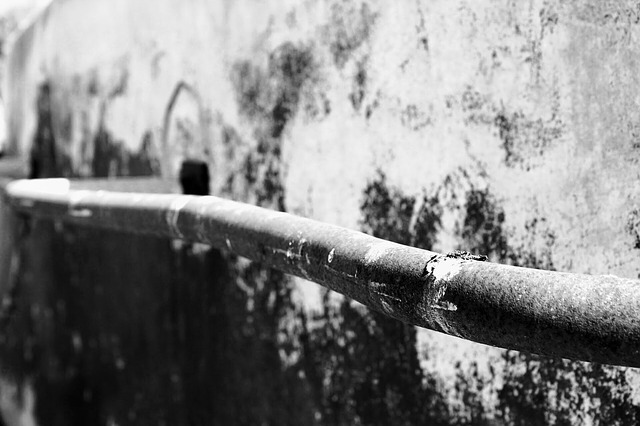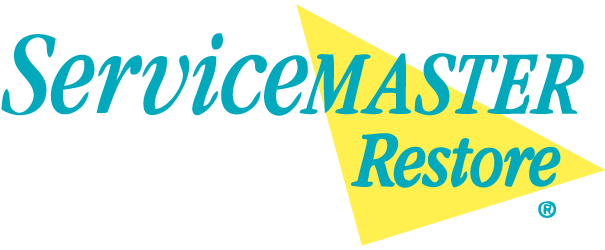The plumbing system in your home is an important system to understand and maintain so you can avoid costly repairs and water damage. Understanding how it works will help you recognize when something goes wrong, and you can address it yourself right away or call a professional to repair it. Also, it is crucial to maintain your plumbing system so that it works properly for years to come.
How a Plumbing System Works
The plumbing system in your home has two subsystems. One brings the freshwater in, and the other takes wastewater out. The water coming into your home is under pressure, just enough to allow the water to travel where it needs to such as in corners and upstairs. When water comes into your home, it goes through a meter which registers the amount of water you use. The main shut off valve is usually located close to this water meter. Therefore, if you have a plumbing emergency, such as a burst pipe, make sure you shut the main shut off valve. If you ave a small leak such as in the sink or shower, you may just want to use the stop valve for that fixture and not shut off the main water supply.
The water you get from the main supply allows you to use your cold water. The hot water is carried by a water pipe from the cold-water system to the water heater. Then the hot water line allows the hot water to travel to various fixtures and appliances that require it. The hot water heater has a thermostat that allows you to set the water temperature. Most water heaters are set between 140- and 160-degrees F. However, the most economical setting is 120 degrees F. Your dishwasher may require a higher temperature, so make sure to check the owner’s manual for the proper temperature for your appliance.

Maintaining the plumbing system in your home will help you keep it in good working condition so you can avoid costly repairs and possible water damage.
Drainage Systems
To fully understand your plumbing system, you should understand how your drainage system works. Whether you have a sewer or a septic system, the waste matter leaving your home happens because your drainage pipes angle down toward the sewer. Gravity helps pull the waste down and the sewer line helps with the downward flow to go to a sewage treatment facility or your septic tank. You may have noticed that you have a vent on the roof of your house. This vent allows air to enter drainpipes so that wastewater can flow out.
Another component of the drainage system is the traps. They are located under the sink and are curved or S-shaped sections of the pipe. The great thing about a trap is that enough water flows from the basin to go through the trap and out through the drainpipe, however, some water stays in the trap so that sewer gas does not back-up into your home. All fixtures have traps. Toilets are, however, self-trapped. Another name for the drainage system in your home is the drain-waste-vent system. All components of your system must be in order so that it works properly.
Supply & Drainage Subsystems
These two subsystems are separate, there are no bridges between them, and they make your plumbing system work. So, according to the plumbing language, any bridge between these two systems is called a fixture. For example, toilet, tubs, sinks, an outside faucet, and even the washing machine are fixtures. Any device which draws freshwater and puts out wastewater is considered a fixture. Most fixtures have their own shut off valves so you will not need to shut off the main water supply to repair them. All family members in your home should know where the main shutoff valve is and how to use it. You should always shut off either the main shutoff valve or the individual valve before doing repairs to avoid damage to your home.
Although it is extremely important to understand your plumbing system so that you can recognize the signs if something is not working properly, it is also crucial that you do proper maintenance of your plumbing system so that you can avoid costly repairs.
How to Maintain Your Plumbing System
Maintaining the plumbing system in your home will help you keep it in good working condition so you can avoid costly repairs and possible water damage. Here are some tips on how you can maintain your plumbing system:
- Follow a maintenance schedule:
Make sure to do regular preventative maintenance as well as a professional inspection. If you have a newer system, you should get it inspected once every two years. If you have an older home, you may have to do more frequent maintenance, or you can keep to an annual schedule.
- Check for leaky appliances, hoses, or faucets:
If you miss a leak in your home, you may end up with a costly repair. Instead, make sure to check your home for leaks at least once per week. You should check your plumbing and heating pipes as well as exposed pipes, toilets, sinks, dishwasher, and refrigerator icemakers. Look for cracks or leaks and in that case, you may need to replace that fixture. Always fix any issues such as cracks or leaks right away and make sure to replace them every five to seven years. Another option is to install a water leak detector, which will alert you if there is an issue which can help you react quickly and prevent further damage.
- Your drains should be kept clear:
Make sure to install strainers in your sinks to keep hair and other items out of your drains. Also, as a preventative measure, use a mixture of vinegar and baking soda and pour it down the drain to clear up any buildup.
- Be careful on what is flushed down your toilet:
You should only be flushing human waste and toilet paper down your toilet. Other items can clog your drain, so avoid flushing food waste, grease, or wipes.
- Clean your faucets and showerheads:
Use a vinegar and baking soda mixture to clean your faucets and showerheads to keep the water flowing freely out of them. Always make sure that the sink and shower handles do not leak and check under your sink while the water is running to see if there is any leakage from the pipes.
- Do an inspection of your tubs and showers:
Always make sure to check the seal and caulking around your showers and tubs and ensure that they are watertight. If it is necessary, reseal them.
- Keep your water heater clean:
A storage-type heater should have its tank flushed every six months to remove sediment. It should also be checked by a professional plumber every year for rust. If you have a tankless heater, make sure to hire a professional to check the burner, pressure relief, venting system, and the water filter every year. Also, its heating coils should be professionally cleaned every year.
- Check your water pressure:
Most pipes and faucets can handle only a certain amount of water pressure (between 40-60 psi). If your water pressure is 80 psi, you could end up with a leak. An easy fix would be to have a pressure regulator installed so that water pressure can be reduced when needed.
- Take care of the septic system or sewer line:
If you have a septic system, make sure to have it inspected regularly. Also, only human waste and toilet paper should be flushed through this system. If your home is served by municipal sewers, you should have a professional sewer service snake the line at least once per year so you can avoid flood drains from backing up.
- Winterize your plumbing system inside and outside:
Pipes indoors and outdoors can easily freeze when the temperature drops, and this is why you should winterize them properly. You should always insulate any pipes that are in unheated spaces, such as attics, basements, and garages. Always seal all cracks and openings and insulate crawl spaces. Make sure to shut off the water supply to hoses, sprinkler systems, and faucets and drain and insulate them. Finally, you should install an emergency pressure release valve in your plumbing system. This will allow you to release pressure caused by frozen pipes and prevent the pipes from bursting.
- Shut off the water supply if on vacation:
If you plan to go away on vacation, make sure to shut off the water supply to the washing machine. You should also never leave your home while your washer or dishwasher are running.
- Know where the main shut-off valve is for your home:
All your family members should know where the main shut-off valve is in your home. This is helpful in case of an emergency such as a burst pipe, as it will allow you to quickly shut off the water and save you from costly damage to your home.
Professional Water Damage Restoration
Have you experienced water damage at your home or business? Service Master S&R Systems can help. Our highly trained technicians will make sure to clean, dry, and repair any water damage right away so it can be restored back to its original state. To learn more about the full range of our water mitigation services make sure to call us today at 630-896-0030. We are confident you will be pleased with the quality of our water damage restoration services covering Aurora, Joliet and Naperville and the surrounding areas.
